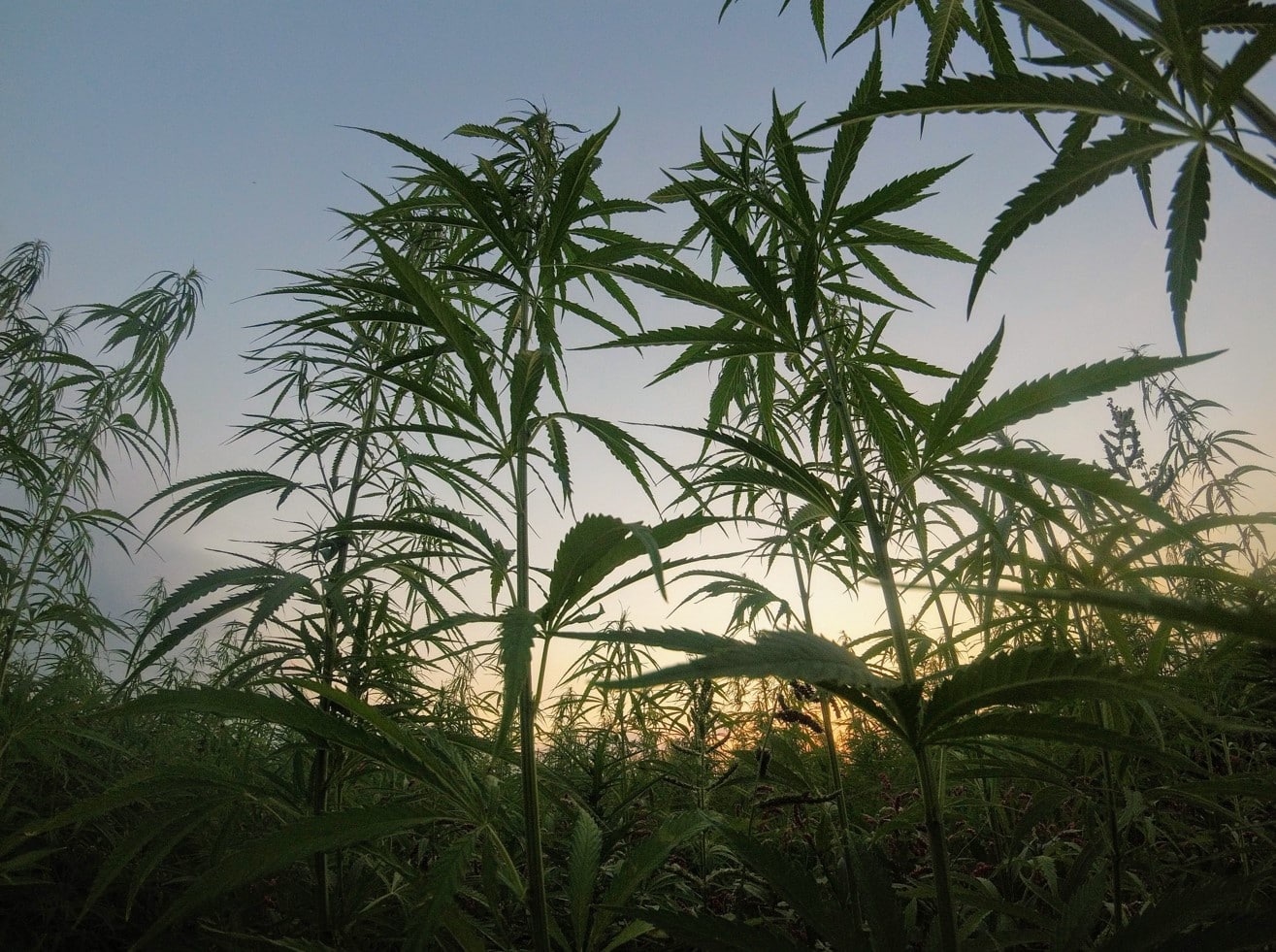Cannabis is a highly versatile plant that has adapted to very different growing conditions, from warm and humid lowlands to arid and cold mountain slopes. You will find cannabis growing in tropical conditions around the Caribbean and South-East Asia as well as high up on Afghan and Pakistani mountains.
Each strain has developed its own characteristics to adjust to specific growing conditions, which is why we have more than 700 cannabis strains in this day and age with completely different properties. Some, for example, are drought-resistant while others manage better temperature swings. Their cannabinoid and terpenoid profiles vary wildly as well.
With such a wide range, it is no surprise that plenty of strains thrive in Colorado. In fact, Colorado has more than 1,000 cannabis growers. Cannabis growing conditions in Colorado can be challenging at times, as we have plenty of sunshine but also high winds and big temperature swings between day and night. Even so, the results are extremely rewarding in terms of the final product.
Colorado growers have selected cannabis strains that respond to the area’s climate and soil. Experience has shown that marijuana grown in Colorado tends to have improved cannabinoid and terpenoid profiles.
Until now, this has been anecdotal. However, a new study [1] now supports this claim by showing that cannabis strains grown at high altitudes present several beneficial properties compared to their counterparts grown at lower altitudes.
The Challenges of Growing Cannabis at High Altitude
What qualifies as high altitude? We are usually talking about altitudes above 5,000 feet. Most of Colorado lies around 6,800 feet, which makes it a high-altitude growing state.
While this is exciting news for cannabis growers, it also means that marijuana growers who choose to grow their plants outdoors must choose their strains carefully to meet the many challenges of growing cannabis at such a high altitude.
Cold Snaps
High altitudes can present unexpected cold snaps. Most of the United States might be frost-free by June, but some elevated locations in Colorado can witness cold snaps even in late spring.
Thankfully, there are cannabis strains that can withstand cold even late in season without jeopardizing their subsequent growth.
High Winds
High winds are characteristic of high elevations. They can twist and break leaves and challenge the growth of buds. They also dry out plants faster, as the wind evaporates moisture from the topsoil.
As a result, cannabis strains for high altitudes tend to be stockier with shorter but stronger stems and leaves to stand up to the wind. They also have thinner leaves to let the wind pass through without breaking them.
Water Challenges
High altitudes often witness snow in winter, but can have an unpredictable precipitation cycle. Plants need to be drought-resistant and manage morning dew and irregular watering patterns.
Big and Sudden Temperatures Swings
It may be hot during the day but night temperatures up in the mountains can drop precipitously. Indeed, temperatures can be quite… temperamental: you can get hot weather one day and very cold conditions the next.
Fortunately, many cannabis strains manage such temperature swings well. If anything, night coolness allows plants to cool down before they face the next day’s heat.
Sunlight
Higher elevations deliver more hours of sunlight per day compared to lower ones, meaning that cannabis plants get more sunlight.
Cannabis strains for high altitudes have adjusted to increased sun exposure and heat and often have lighter-colored leaves to reflect the sun.
Shorter Growing Season
If you are growing your cannabis outdoors, your growing season will be shorter in higher elevations. You want varieties that mature faster than their lowland counterparts and deliver blossoms and flowers earlier.
What Are the Benefits of High-Altitude Cannabis Growing?
Despite all these challenges, high-altitude cannabis strains offer several advantages over low-altitude ones. The challenges that high altitudes provide are exactly the reason why these cannabis strains present enhanced marijuana characteristics. In a sense, the climatic challenges have helped the plants develop their full potential through their tough genetics.
Because of the increased sun exposure and UV light, for example, plants develop a more pronounced cannabinoid and terpenoid profile. The extra light also helps plants grow bigger and improves their photosynthetic abilities.
In addition, cannabis growers have been suggesting for years that their strains have a higher THC potency and deliver more flavorsome flowers. Evidence is now backing these claims. A recent study [2] compared cannabis grown in low altitudes and high altitudes and explored how they differ in terms of qualitative characteristics. It concluded that high-altitude cannabis plants exhibit higher quantities of cannabinoids, particularly CBDA. They also have more pronounced terpenes such as beta-caryophyllene, myrcene, and humulene.
Terpenes are aromatic compounds found in all plants, fruits, and vegetables, including cannabis. They give plants their characteristic aromas.
There are hundreds of terpenes, about 40 of which are found in cannabis. Aside from their beautiful aromas, terpenes may also give plants therapeutic potential. Terpenes such as humulene, limonene, and myrcene, may have anti-inflammatory, antioxidant, antifungal, and antimicrobial properties [3] [4].
What’s more, when cannabinoids and terpenes work together, they enhance each other’s effectiveness in what has been called the entourage effect. Cannabinoids and terpenes deliver improved benefits that are much more than the sum of these compounds.
What does that mean for cannabis? With an enhanced terpenoid profile, cannabis grown in high altitudes has stronger aromas and potentially more helpful features. Thanks to peak sunlight exposure, all the terpenes and cannabinoids have the time to reveal their full botanic potential. That may explain why mountain cannabis is more potent in terms of THC abundance.
Growing Cannabis in High Altitudes
Thanks to cannabis’ flexibility, there are many strains that are adjusted to high altitude conditions. Some Afghan strains are particularly suitable since they have been originally cultivated in the high terrain of the Afghan mountains.
Here at Mountain Annie’s, we carry multiple cannabis strains grown locally by Colorado farmers. Our budtenders will be happy to guide you in making your choice. You may wish to purchase small quantities of several strains and compare how your body reacts to them and which ones deliver flavors, aromas, and desirable features for you.
You could also develop your own portfolio of favorite cannabis strains and evaluate how cannabis strains compare to each other, depending on whether they were grown—in the mountains or on the plains.
Resources
[1] https://pubmed.ncbi.nlm.nih.gov/32197420/
[2] https://pubmed.ncbi.nlm.nih.gov/32197420/
[3] https://www.ncbi.nlm.nih.gov/pmc/articles/PMC7120914/
[4] https://faseb.onlinelibrary.wiley.com/doi/abs/10.1096/fasebj.2020.34.s1.04020


